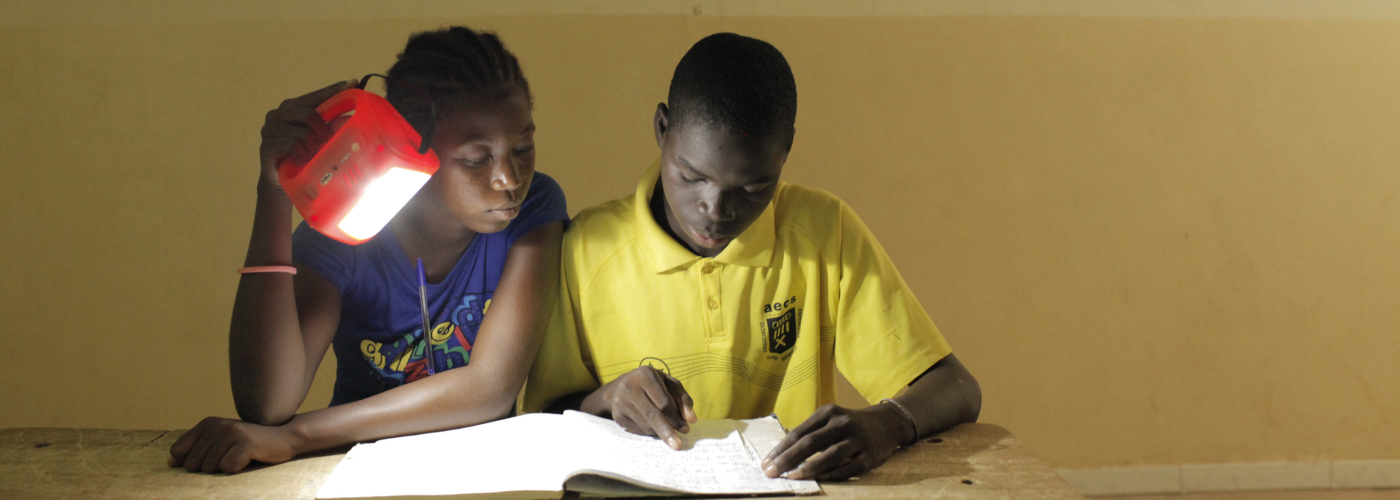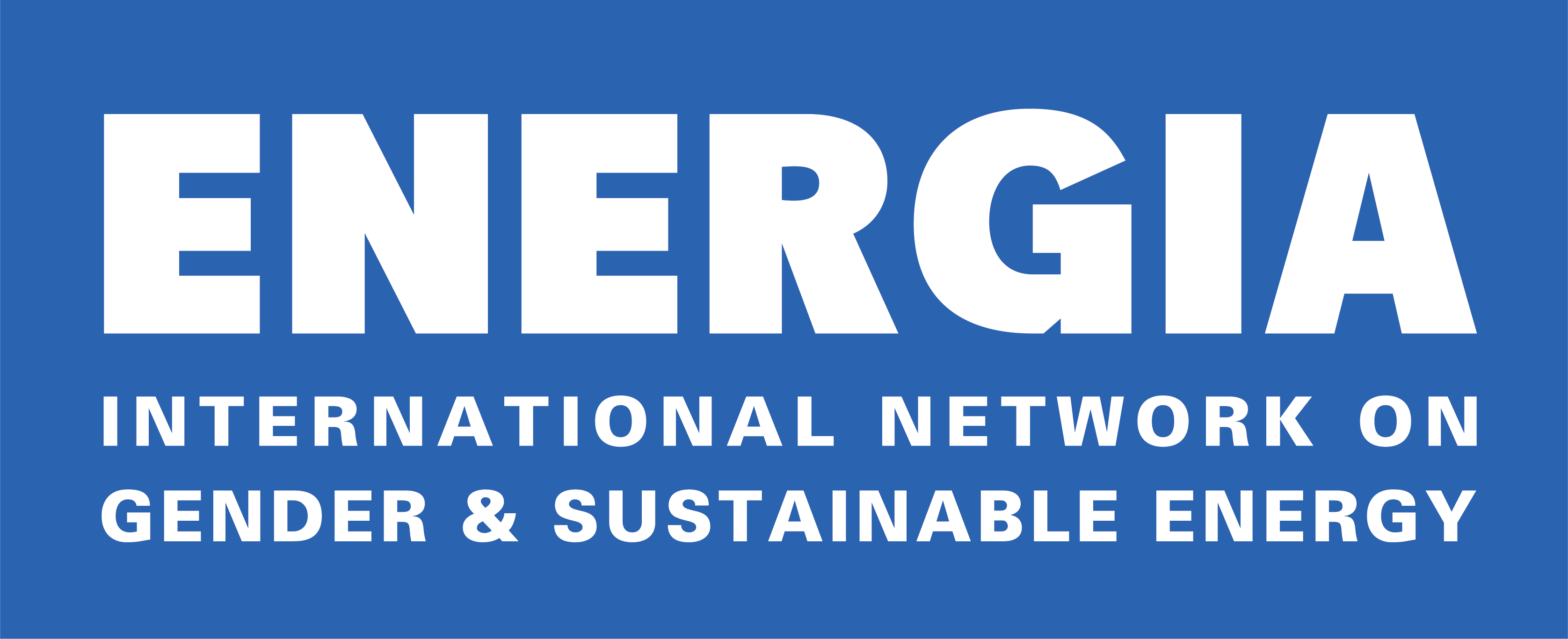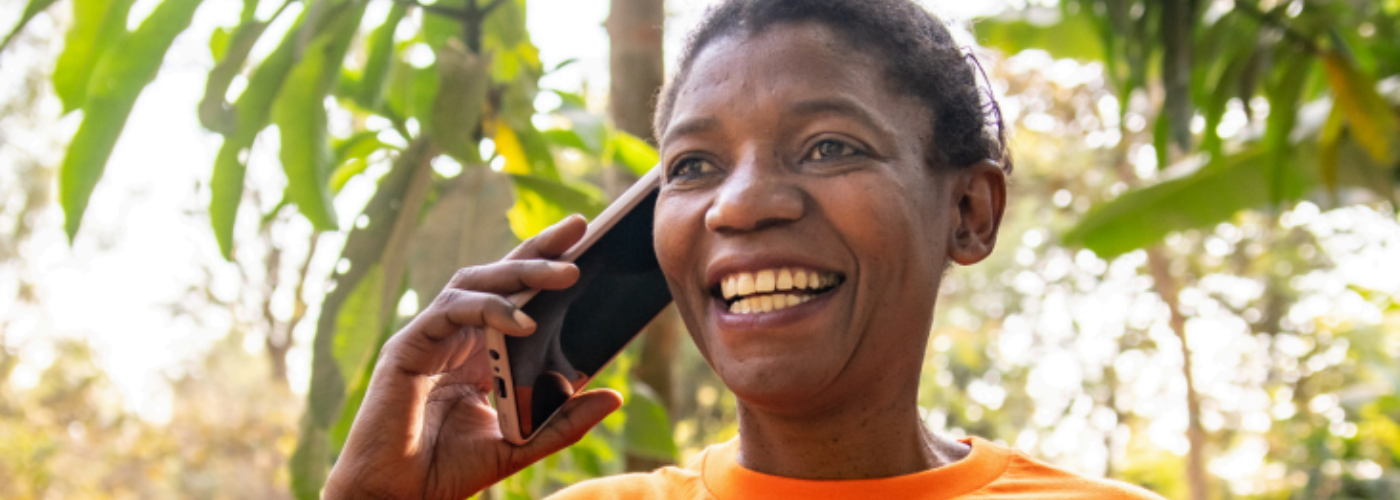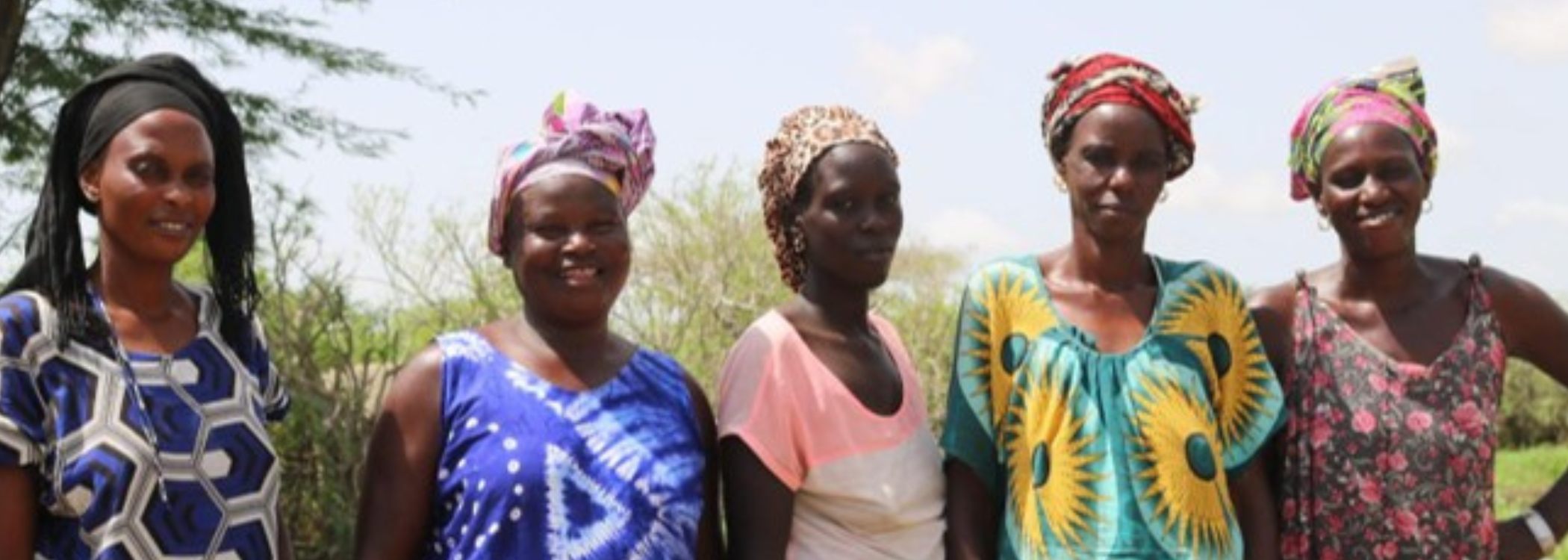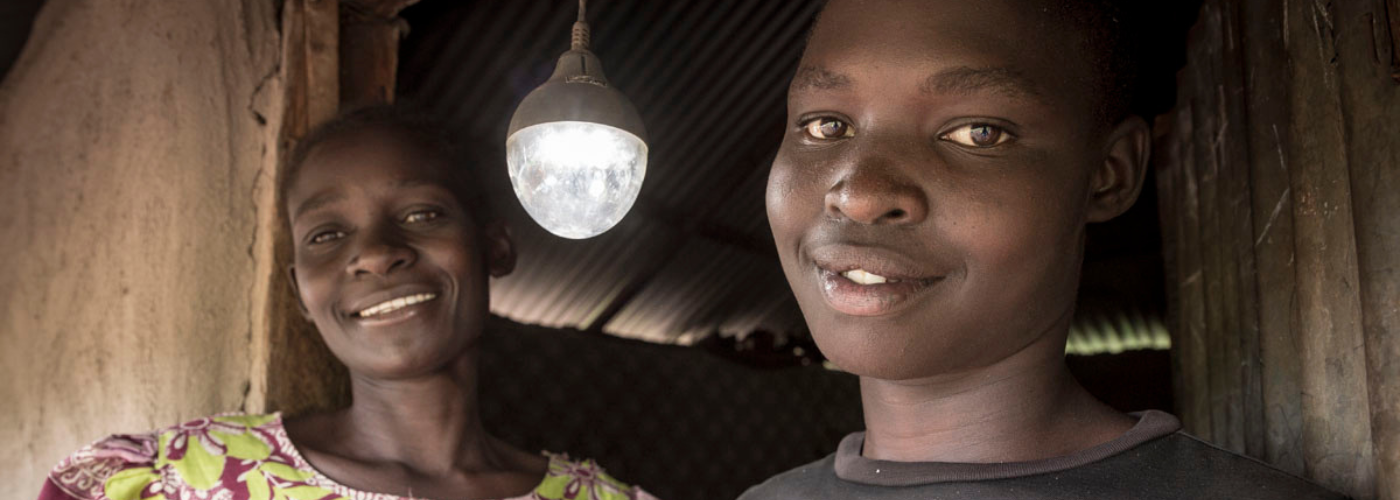The potential impact of electricity use on enterprise performance has a gender dimension that has been overlooked by the energy and development literature. This omission disregards the evidence of a gendered division of labour and the different energy consumption patterns of different productive activities. To address the gaps in the literature, this paper analyses an enterprise development programme that jointly provides improved electricity supply, business services and enterprise clustering in Ghana. The paper aims to understand: the gender awareness of the intervention; the different energy use patterns in men and women’s enterprises; the different benefits men and women obtain from the productive use of energy; and the reasons behind the differences observed. We adopt a multi-methods approach combining gender differentiated firm level data from 400 microenterprises, with in-depth semi-structured interviews to enterprise owners and employees, key informant interviews, and focus group discussions. The results, which are specific to the research region, show clearly differentiated energy use patterns in enterprises owned by men and women. Men’s enterprises display higher electricity consumption, while women dominate the use of cooking fuels, mainly charcoal. The use of electricity shows a positive correlation with business profits, regardless of the owner’s gender, which is higher for enterprises owned by women. The main reasons for women’s lower electricity consumption are: the gendered division of labour, which limits women’s economic activity to a narrow number of sectors and to smaller scale operations; the lower value of women’s work which creates disincentives to mechanisation; social norms determining the types of jobs men and women can do; and women’s lower access to starting capital. We conclude that, in the absence of gender considerations, interventions for the promotion of productive uses of energy are likely to target electricity intensive activities dominated by men. We finalise by offering policy suggestions to improve the gender equity of these interventions.
